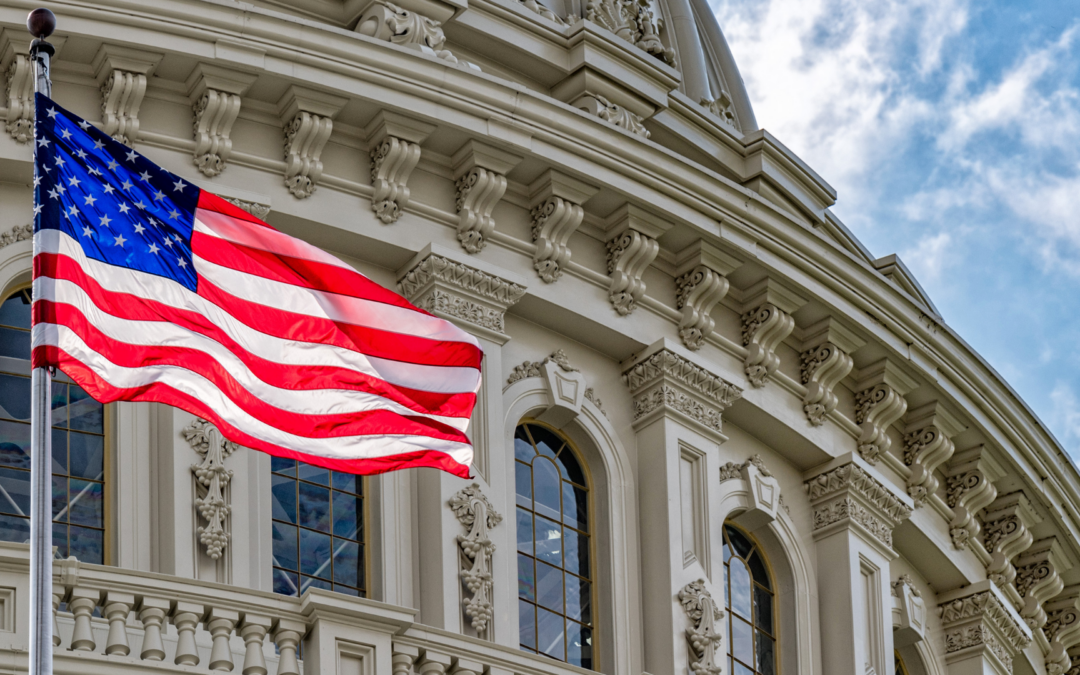As we aim to meet our climate goals, the residential sector remains a largely untapped source for carbon emission reductions and efficiency upgrades. In late July, the U.S. Department of Energy (DOE) announced it is accepting applications from states and territories to implement the federal Home Energy Rebate Programs to help alleviate energy costs for American families, while increasing the comfort of their homes.
This historic funding is key to raising the efficiency of our homes and can lead to a significant reduction in carbon emissions while improving the country’s residential buildings. The two Home Energy Rebate Programs, totaling $8.8 billion (detailed below), are funded by the Inflation Reduction Act signed into law mid-August of 2022. Its purpose is to enhance residential efficiency with an estimated consumer savings of up to $1 billion each year in energy costs.
States and territories seeking federal funds for the Home Energy Rebate Programs must apply by January 31, 2025, but intent must be signaled by August 16, 2024, and then receive approval from DOE on their program plans.
- The Home Efficiency Rebates Program will offer $4.3 billion in formula grants to state energy offices to reduce the upfront cost of whole-home energy efficiency upgrades in single-family and multi-family homes. Projects must achieve a certain amount of energy savings to qualify for rebates and the rebate amount is dependent on the predicted energy savings attributable to the project.
- The Home Electrification and Appliance Rebates Program will offer $4.5 billion in formula grants to state energy offices to reduce the upfront cost of efficient electric technologies in single-family and multi-family homes. This program also provides $225 million in grants to Indian tribes; guidance and application instructions will be announced separately.
Tax deductions for efficient/electric upgrades
What if your state does not seek the Home Energy Rebate Program funding? Homeowners can still apply for the Energy Efficient Home Improvement Credit (section 25C of the IRA) which provides taxpayers with financial incentives that make home energy upgrades more affordable and effective. This section applies to ‘properties’ placed in service prior to January 1, 2033.
The credit can equal up to 30% of the amount that the individual taxpayer incurs during a taxable year for qualified efficiency improvements, residential energy property costs, and home energy audits. Examples of these upgrades include installing heat pumps, insulation, upgrading exterior windows and doors or the home’s electrical panel. The credit covers $600 per measure, with up to $1,200 per household per year. The one exception is for heat pumps in which homeowners are eligible to receive up to $2,000 as a tax credit for buying and installing a heat pump water heater or heat pump for their space heating and cooling.
Making buildings more efficient helps to mitigate many of our aging housing and commercial buildings’ serious energy waste. From insulation to air conditioning and heating, American households are now presented with an opportunity to make huge strides. These changes will help community resilience across our country as our climate becomes more unpredictable and at the same time boost the health and comfort for millions of residents. It will stabilize the grid and reduce peak demand, especially in areas of the south such as the ERCOT market where new peak records were set almost daily this summer and so far, have reached an appalling high of over 83 GW. Even more important are the hundreds of millions of dollars that will go to disadvantaged communities who live with daily energy burdens that have adverse effects on quality of life. Weatherization of these low-to-moderate income homes will play a critical part in helping home and business owners recoup savings through installed upgrades, and again, lead to a more resilient electric grid across the region.
See how you can get involved in Energy Efficiency Day on October 4, 2023 and help us share the many benefits of energy efficiency and its vital role as our “first fuel.”
For more details visit the IRS’s Guidance on Requirements for Home Energy Audits for Purposes of the Energy Efficient Home Improvement Credit, Section 25C.
States and territories can receive instructions by visiting the recently published Administrative and Legal Requirements Document (ALRD) and program guidance documentation.


Recent Comments